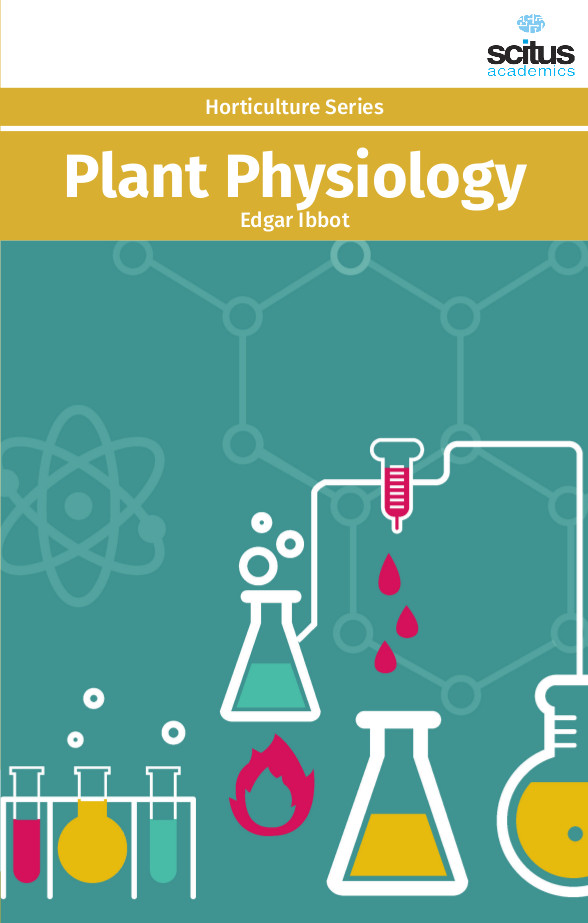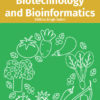Plant physiology includes the study of plant form and function. As plants developed to life on land they were obligatory to evolve methods to continue with the separation of CO2 and water. Plant physiology looks at the different parts of plants and how they work, either individually or collectively. In recent years our knowledge of the metabolic pool in plants, with its numerous eddies, cross currents and vortexes, has steadily become wider and deeper. The metabolic pathways in the oxidation of carbohydrates, as previously indicated, are quite well understood. The biochemistry of photosynthesis, although not, parenthetically, its energetics, is approaching a comparable status of knowledge. Similarly, knowledge of the metabolism of organic acids, fats, and nitrogenous compounds has progressed substantially in the last decade or two. The general advance in our understanding of the overall dynamics of plant metabolism has been one of the most outstanding achievements of plant physiology during the last two decades. Research in plant hormones is another field of investigational activity which has retained its prominence in recent years. Work on other kinds of plant hormones besides the auxins has; continued in recent years, and some entirely new ones have been discovered. Investigations have continued on the roles of thiamin, niacin, pyridoxine and other plant hormones of the B vitamin group. The truly grand challenges in plant physiology are those that will yield important insights about how plants live and function, and also provide at least partial solutions to critical societal needs.
The book provides general principles and new insights of some plant physiology aspects covering abiotic stress, biochemistry and metabolism, transport and translocation, plant water relations, mineral nutrition and reproduction. This book may serve as source of methods, theories, ideas and tools for students, researchers and experts in the areas of plant physiology.













